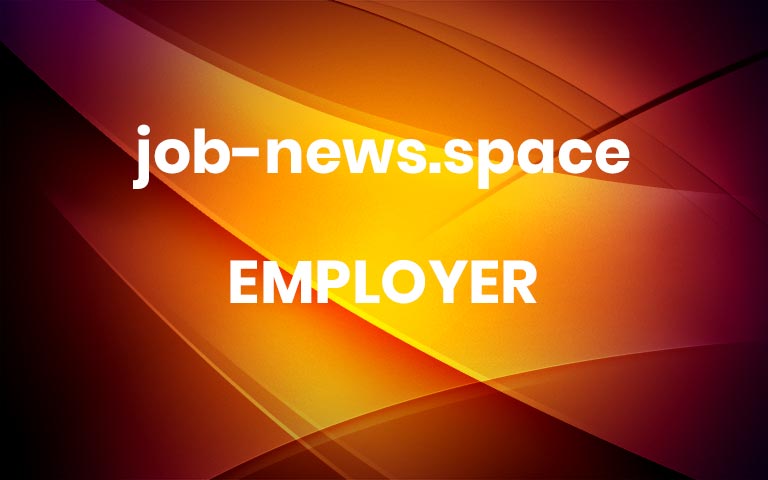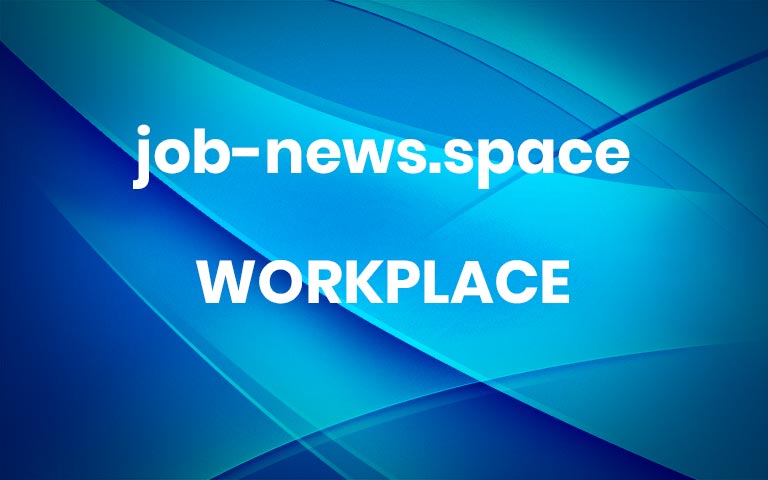Why You Should be Recruiting Laid Off Talent (+ 3 Key Strategies)
Between shrinking labor force participation due to the pandemic and the “Great Resignation,” in which almost 50 million workers left their jobs, we’ve faced a whirlwind of a labor market. Now, amid increasing inflation and labor shortages, the job market remains uncertain. Whether it’s business as usual or you’re under a hiring freeze, it’s important to think about nurturing your pipeline and recruiting laid off talent.
This year, numerous layoffs came as a tough blow to many tech workers thrust back into the job market. In September of this year, job cuts surged 46% with US-based employers announcing over 29,000 layoffs.
Surprisingly, mass layoffs are a relatively recent occurrence dating just back to the 1970s. Since then, many Americans have come to accept layoffs as an inevitable outcome of economic downturns. Workers could no longer rely on the same company to employ them for the majority of their professional careers.
So, let’s review key strategies for talent acquisition teams and recruiters to grow their talent pool and find top candidates despite an economic downturn. Here’s how you should approach recruiting laid off talent and stand out in this market.
1. Don’t let stigma influence you
Let’s get one thing straight. Firing is typically performance-based. About 74% of US workers are considered at-will employees. This means an employer may fire them for any reason (if not illegal), or no reason, without warning, and no just cause.
Layoffs, on the other hand, are typically unrelated to an employee’s ability to perform a job and the quality at which they do it. Let go of biases traditionally attached to hearing someone was “let go.” Do not assume a laid off worker is ‘less than’ someone a company continued to employ. Perhaps the individual who was laid off was great at their job but the company shifted direction or the economy took an unexpected turn.
These days, layoffs aren’t frowned upon as they were in the past. We see an open dialogue about the state of the hiring market and people’s experiences with layoffs. An explosion of LinkedIn posts in which people share their stories helps prove we are overcoming a taboo.
Rethink the connotation of a “job hopper”
In one LinkedIn post, Rowena Millward reflected on the days in which 10 years of tenure was the average. Then, a changing world of work prompted reinvention. From the shock of having to “adapt or die,” she found success and growth in “dabbling” and making multiple career transitions. Rowena garnered over 1,000 reactions on this post — her statements resonated. We should embrace reinvention.
Brittany King, Senior Manager of TA-Talent Intelligence & Diversity, encourages employers and jobseekers to reject negativity around “job-hopping.” In fact, she encourages employers to see past it as a DEI practice.
She says, “In many cases, ‘job-hoppers’ have had more barriers than others in the workforce.” This could include health challenges, economic hardships, or transportation issues. Brittany even credits job-hopping to her own career success. “My skills are varied, my familiarity with different industries is comprehensive, and my understanding of organizational culture is robust.”
Many of the challenges laid off talent face stem from an occurrence simply out of their control. Empathize with them and recognize how much strength it takes to bounce back and re-enter the job search post-layoff.
2. Be open to diverse talent
Reframing your mindset around particular talent opens up your recruiting to a world of hiring opportunities in places you may not have expected.
Layoffs trigger a mix of emotions but also present the opportunity to pivot and explore careers in areas of passion and genuine interest. As people reassess their professional lives after a layoff, many decide to pivot into new fields or industries. In the spirit of Rowena Millward, they embrace reinvention.
At Hired, we’ve had the pleasure of meeting numerous jobseekers who broke into the tech sector from wildly unrelated fields — such as music.
Paula Muldoon used Hired to land a role as a Senior Software Engineer. When we asked her to share her story with us, Paula explained she made a transition into tech from a classical music career. Paula said, “I turned 30 and wanted to earn more money and have a better quality of life. I knew a few developers and they seemed to be really happy and since I could retrain quickly, software seemed like a good option. And turns out I love it!”
A successful Makers Academy bootcamp grad, Paula took a bold leap and an unconventional route to make her big career move. Her story serves as a reminder to be open-minded about non-traditional talent or those with second careers.
Read more stories about candidates who successfully pivoted their careers:
In Hired’s panel discussion, “An Insider’s Guide to Hiring in Tech,” our CTO Dave Walters joined TA leaders to discuss improving the recruiting experience for jobseekers and better practices for sourcing talent.
Panelist John Beard, Director of Corporate & Technical Recruiting at One Medical, made notable points on expanding candidate pipelines with non-traditional talent.
“Look for those non-traditional avenues to become a Software Engineer. Look at the bootcamps and at earlier-in-career talent…If you’re an organization specifically looking for the traditional pedigree of Software Engineers from a traditional college education and program, you’re going to miss out on a lot of great Engineers. There are a lot of great self-taught Engineers. There are a lot of great bootcamp Engineers. I’ve hired a lot of great Engineers in their second careers. You can attract them and leverage them on your team, but you have to be open to it.”
Related: Partner Roundup: Coding Bootcamps & Non-Traditional Tech Education
Defining talent based on pedigree is a disservice to your team and puts unnecessary limitations on your recruiting, so look beyond labels and hire for skills.
Urging companies to prioritize equitable hiring, Hired’s CEO Josh Brenner, explained in the 2022 State of Wage Inequality report, “When competition is high, it benefits organizations to consistently identify non-traditional talent. It creates more robust pipelines of candidates with new ideas to drive businesses forward.”
Pro Tip: You can add bootcamps to your search criteria on the Hired platform. Or you can work with our events team to create a coding challenge. They’ll help you connect with one or more of our bootcamp partners to co-host and co-promote a challenge or other event.
3. Offer what’s important to jobseekers
To attract the right talent, provide what jobseekers want. In our 2022 State of Tech Salaries report, we explored what tech professionals seek in their roles and job offers. The top perks tech workers would trade for a higher salary/offer are:
Flexible work schedulePhysical health benefits Paid time off
To be successful in recruiting laid off talent amid such volatile economic times, offer flexibility and practical benefits, such as health insurance and 401K retirement matching. These trade-offs are a sharp contrast to findings from the 2021 report, in which more candidates would accept a lower salary for company stock or equity.
Perhaps, this reflected a desire for stability as employees assessed what their careers meant in the midst of a pandemic. Employees likely wanted to feel connected to the business and its future growth.
Beyond what employers can tangibly offer, tech professionals weigh company values as important too. Again, referencing John Beard, we realize the importance of attracting tech workers who want work aligned with their values:
“What a company does is increasingly important for engineers who can take their talent to just about any industry. The mission and what the company does really matters. This means concentrating on finding those missionaries as opposed to the mercenaries, who are just looking to maximize their earning potential.”
Presenting what your company has to offer in values helps you identify the candidates who share your organization’s vision.
Is your culture represented well in your employer brand?
For guidance, download our eBook written for scaling startups, Want to Boost Responses from Candidates? Add Your UVP in Strategic Recruitment Messaging. Work for a large enterprise corporation? Here’s Losing Top Candidates to Unicorns and FAANG Companies? How to Stop It.
Don’t get us wrong — a competitive salary is essential! However, it loses some of its charm when the fear of getting laid off down the line is present.
Perhaps the candidates’ desire to join companies who do meaningful work and the candidates’ willingness to trade salary for benefits enhancing quality of life ultimately reflects their search for security and trust in their jobs. Make candidates feel safe.
When recruiting laid off talent, be transparent
Does your company offer professional development opportunities? Do they offer tuition reimbursement? What about PTO and family planning/maternity/paternity benefits? Be prepared to tell candidates all about it. Openly share them early in the process. Let them know you want to be supportive by investing in their future — not making them uncertain about it.
Be sure to keep candidates informed throughout the process. Be upfront about what you’re looking for too as you build trust. Candidates want stability more than ever. Your honest communication about where the company was, is, and will go can help provide that. Share numbers and details to paint a clear picture of your organization. Sell them on why the candidate should begin the next chapter of their career with your team.
Go find new talent for your pipeline by recruiting laid off talent
Do you need better alignment with your hiring teams? Check out our research on What Happens when TA & Hiring Managers Unite. Or if you’re simply spread thin these days, Hired Technical Sourcer offers short or long-term help shortlisting, communicating, and screening technical talent.
We also offer opportunities for candidates to showcase their engineering skills and for employers to asynchronously evaluate them using Hired Assessments.
Ready to learn more about how Hired supports talent acquisition and recruitment? See how it works for employers with a demo and set up a trial. More




